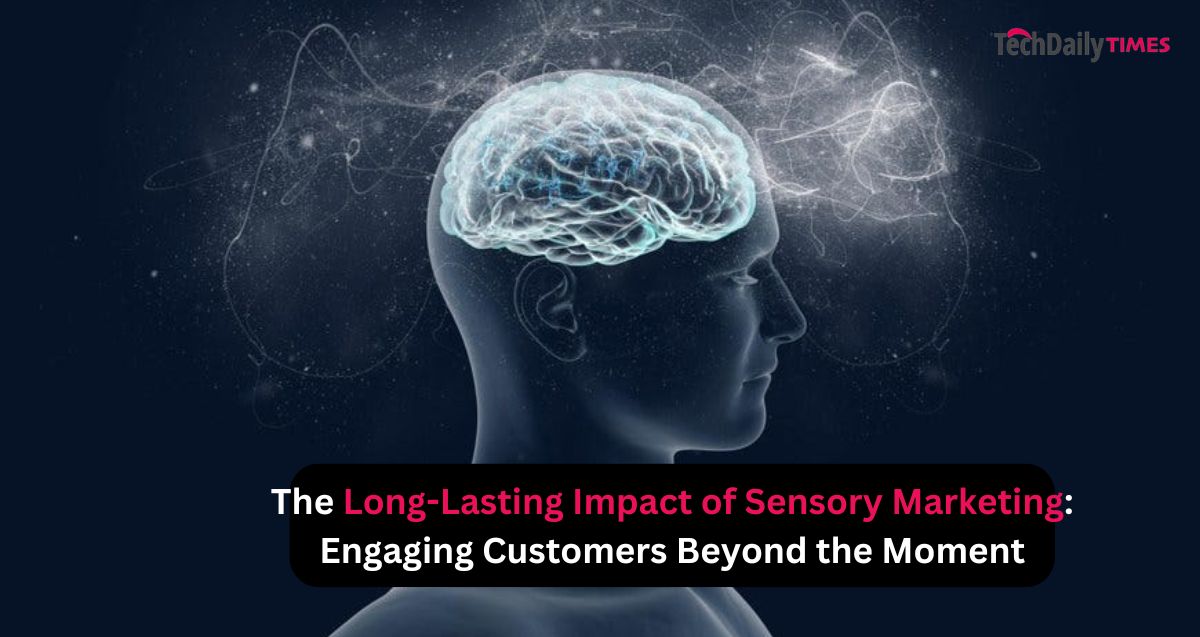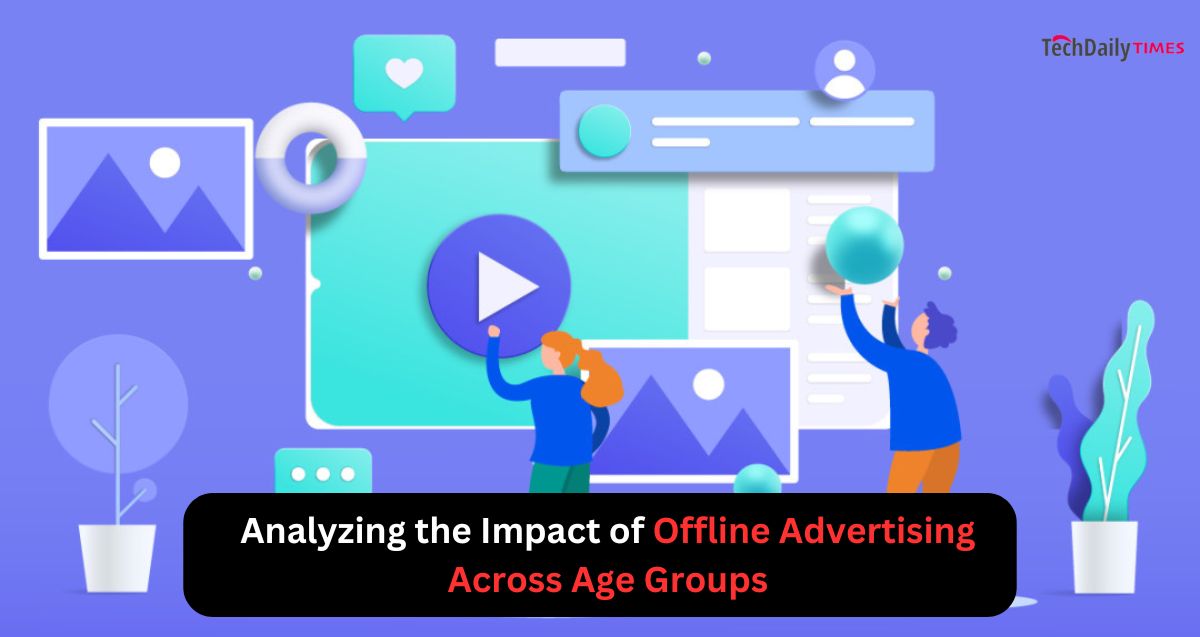With the constant advancement in the popularity of digital marketing, probably the biggest problem companies are facing today is the demand for privacy. Due to these changes in the market and awareness among consumers, marketers have to come up to a level with these expectations. As consumer concerns about privacy have emerged as a more prominent force, the proliferation of these practices is changing the way that marketing strategies are being developed in response to privacy concerns. In this blog post, I will share the ways how businesses can embrace this shift of privacy for digital marketing and succeed in a future without cookies.
Table of Contents
1. The Shift Towards Cookieless Advertising
The rise of privacy concerns has led to major changes in how digital advertising operates. Traditionally, marketers have relied heavily on third-party cookies to track user behavior, target ads, and measure campaign effectiveness. However, with growing privacy regulations like the General Data Protection Regulation (GDPR) and the California Consumer Privacy Act (CCPA), along with moves by major browsers to phase out third-party cookies, the industry is moving towards a cookieless advertising model. This shift requires marketers to find new ways to reach their audiences without relying on invasive tracking technologies. Cookieless advertising is becoming the new standard, and businesses that adapt to this change will be better positioned to maintain consumer trust and achieve their marketing goals.
2. Emphasizing First-Party Data Collection
Third-party cookies won’t help; even first-party data, which is information accumulated directly from customers based on the experiences they have had with your brand, will be exceptionally valuable. This includes; website visitation, email subscription, social media activity, and purchase history. With first-party data collection businesses may get more understanding about their customers while avoiding the intrusive and potentially privacy invasive methods of data gathering that are often used by third parties. This data is also much more reliable and allows for more targeted marketing campaigns. Here are five ways businesses can get the most from first-party data: Upgrade your martech stack to first-party data collection and management tools.
3. Leveraging Contextual Targeting
When the focus is shifted from cookies as a targeting tool, contextual advertising becomes one of the most significant options. In contrast to behavioral targeting, which involves tracking the user’s activity across domains, contextual targeting runs ads based on the content of the page being viewed. For instance, a reader who is going through a fitness article may be presented with ads concerning sports products or health enhancement products. This approach not only protects user privacy but also provides good ads to target users at right the time. So, by featuring contextual targeting, companies might go on successfully promoting their services and goods and at the same time will not violate the rights of individuals.
4. Building Trust Through Transparency
Consumers working in the new age for privacy know the need to trust organizations, and transparency is the most appropriate way to achieve this. They want marketers to know what data they gather, for what, and how it is guarded. To avoid being a kind of spy organization that spies on users, giving them switch options like ON/OFF data collection should be the norm. Further, to be transparent, the company, its employees, and all third parties working for and with it must declare how privacy and personal data will be handled, in all marketing and promotional materials, as well as on the company’s website as this can also assist in gaining the users’ trust. Companies that will put a stock on the transparency of data collection and usage will be unique from others in the market.
5. Exploring Privacy-Enhancing Technologies
Making privacy a priority, there is a development of new technologies that would assist in catering to these demands by businesses. There are Privacy-Preserving technologies such as differential privacy, federated learning, and Encrypted Data Processing to enhance the privacy concerns while the marketing is being done. All these enable companies to employ data in a fashion that reduces the probability of privacy violations. This paper aims to discuss these technologies and to show how marketers can use them to be prepared for the changes and to keep offering excellent and relevant experiences while being conscious of people’s privacy.
Conclusion
Moving from the freely given permission to the concept of privacy is not merely a shift that’s about compliance; it is more about embracing an entirely moral way of getting through to consumers in the 21st century. As the industry shifts to a more cookieless privacy-first advertising environment, companies have to quickly adopt first-party data and contextual targeting to stay effective and genuine. Through the use of privacy-enhancing technologies and taking consumer privacy seriously, it is possible for a firm to effectively deal with these changes and position itself well within the future changes that are being forecasted.











